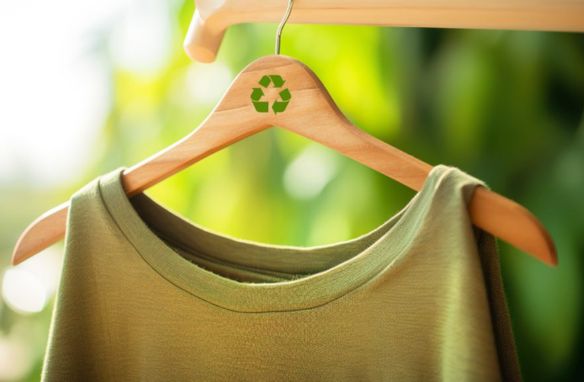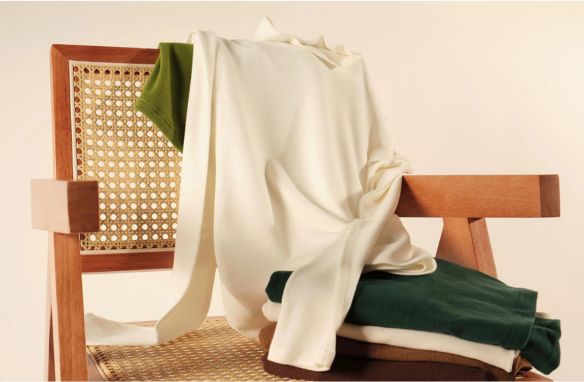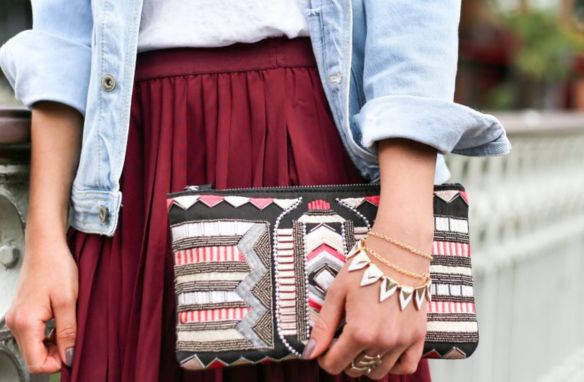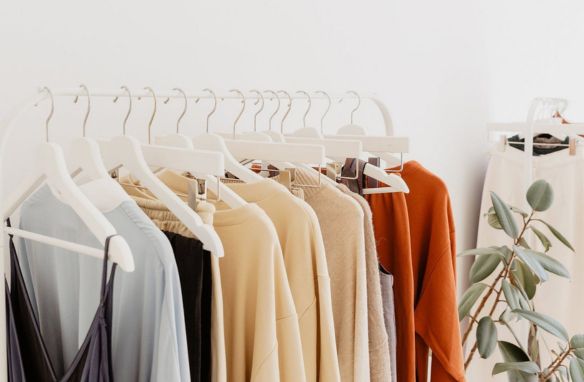As the fashion industry faces increasing scrutiny over its environmental and ethical impacts, sustainable fashion has emerged as a crucial movement for conscientious consumers. Embracing sustainable fashion means making choices that minimize harm to the planet and promote ethical practices. Here’s your ultimate guide to navigating the world of sustainable fashion.
What is Sustainable Fashion?

Sustainable fashion refers to a holistic approach to fashion that considers the environmental, social, and economic impacts of clothing production and consumption. It encompasses everything from the materials used to the labor practices employed and aims to create a more equitable and eco-friendly industry.
Why is Sustainable Fashion Important?

- Environmental Impact: The fashion industry is one of the largest polluters, contributing to water pollution, excessive waste, and high carbon emissions. Sustainable fashion seeks to reduce these impacts by promoting eco-friendly practices.
- Ethical Labor Practices: Fast fashion often relies on exploitative labor practices. Sustainable fashion prioritizes fair wages, safe working conditions, and respect for workers’ rights.
- Resource Conservation: Sustainable fashion emphasizes the efficient use of resources, including water, energy, and raw materials, to reduce the overall ecological footprint.
Key Principles of Sustainable Fashion

- Eco-Friendly Materials: Choose materials that have a lower environmental impact, such as organic cotton, hemp, bamboo, and recycled fabrics. These materials use fewer pesticides, chemicals, and water compared to conventional options.
- Ethical Production: Support brands that prioritize ethical labor practices, including fair wages, safe working conditions, and no child labor. Look for certifications such as Fair Trade, GOTS (Global Organic Textile Standard), and B Corp.
- Quality Over Quantity: Invest in high-quality pieces that are durable and timeless. This reduces the need for frequent replacements and minimizes waste.
- Circular Fashion: Embrace the principles of circular fashion by buying second-hand, upcycling old clothes, and recycling garments. This keeps clothing out of landfills and extends their lifecycle.
- Transparency: Support brands that are transparent about their production processes, sourcing, and labor practices. Transparency allows consumers to make informed decisions and hold brands accountable.
How to Build a Sustainable Wardrobe

- Audit Your Closet: Start by assessing what you already have. Identify pieces that you love and wear often, and those that can be donated or recycled.
- Choose Versatile Pieces: Invest in versatile, timeless pieces that can be styled in multiple ways. This reduces the need for a large wardrobe and encourages thoughtful consumption.
- Buy Second-Hand: Thrift stores, consignment shops, and online resale platforms are great places to find unique, pre-loved items. Buying second-hand reduces demand for new production and minimizes waste.
- Support Sustainable Brands: Research and support brands that align with sustainable practices. Look for those that use eco-friendly materials, ethical labor practices, and transparent production methods.
- Care for Your Clothes: Proper care extends the life of your garments. Follow washing instructions, repair minor damages, and store clothes properly to maintain their quality.
Sustainable Fashion Brands to Watch

- Patagonia: Known for its commitment to environmental activism and sustainable practices, Patagonia offers high-quality outdoor and casual wear.
- Eileen Fisher: This brand focuses on timeless, versatile pieces made from eco-friendly materials and emphasizes fair labor practices.
- Reformation: Reformation uses sustainable materials and practices transparency by sharing their sustainability reports and environmental impact.
- Everlane: Everlane is committed to ethical production, transparent pricing, and high-quality basics made to last.
- Stella McCartney: A pioneer in sustainable luxury fashion, Stella McCartney uses innovative materials and ethical practices in all her collections.
Conclusion
Embracing sustainable fashion is not only about making better choices for the planet but also about promoting a more ethical and equitable fashion industry. By being mindful of what we buy, how we care for our clothes, and supporting brands that align with our values, we can all contribute to a more sustainable future. Use this guide as a starting point to build a wardrobe that reflects your commitment to sustainability and style.


